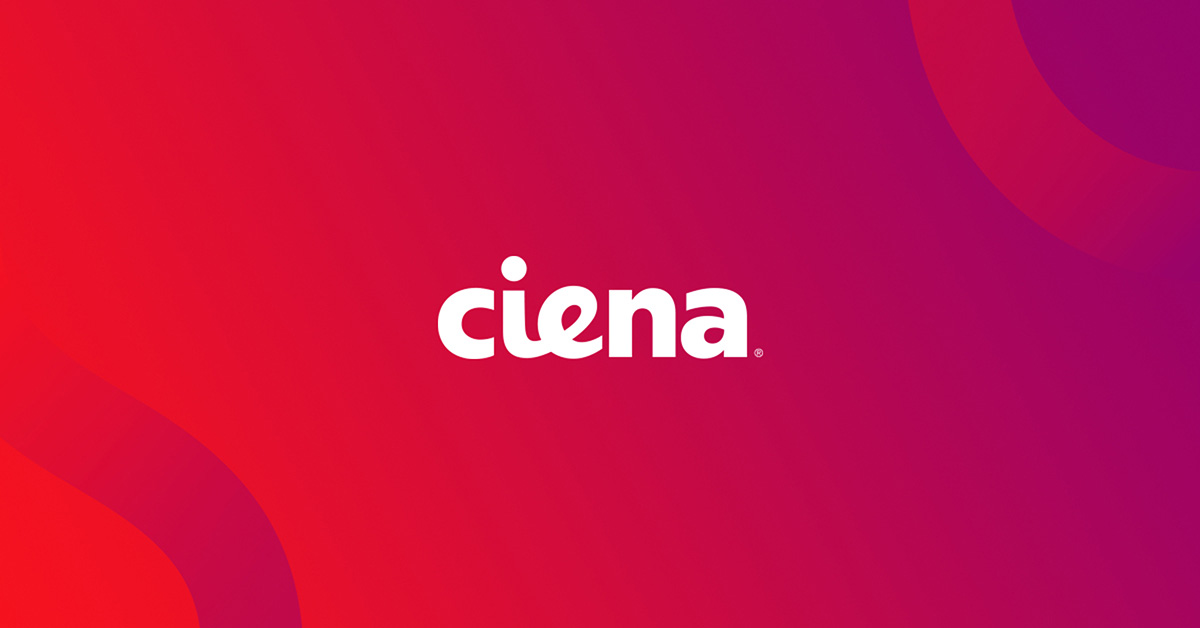What's in store for Asia Pacific Networking in 2019
It was a pretty exciting year for the networking business in Asia Pacific in 2018, with numerous major trends re-shaping the telecoms landscape. Crystal-balling the future is always fraught with challenges, but recent history provides us with more than adequate clues as to what we can expect over the next year.
With that in mind, here are my views of the top five technology trends I expect we’ll see in 2019 in Asia Pacific.
Increasing 5G momentum
There’s no escaping the fact that 5G is the biggest telecom trend we’re likely to see in 2019.
As 5G is expected to enable revolutionary new services that will drive continued digitization of various legacy vertical industries, there are several core networking capabilities that will be vital to delivering those services, including; Ultra-Reliable and Low-Latency Communications (uRLLC), Network Slicing, Virtualization, Automation and Orchestration.
While volume 5G related capex spend is expected in 2020 and beyond, within Asia Pacific we will see early 5G metropolitan deployments in major cities such as Tokyo, Seoul, Singapore, Hong Kong and Sydney that coincide with early 5G mobile handset availability within the second half of 2019. The more significant initial application opportunities, though, will be for 5G fixed-wireless access solutions in markets without widespread broadband access such as India, China, Indonesia, Philippines, and Thailand.
These and other 5G-related initiatives will drive mobile operators across Asia Pacific to enhance their network infrastructure from early 2019 in five key areas:
- Increased Fiberization – with increased 5G spectrum frequencies comes the need for more radios, hence increased fiberization
- Network Upscaling – for capacity, reach, and reliability
- Disaggregation & Virtualization – at both the physical and virtual network layers
- Automation & Orchestration – across RAN, Transport and Core domains
- Service Assurance – augmenting end-to-end service assurance
While volume 5G related capex spend is expected in 2020 and beyond, within Asia Pacific we will see early 5G metropolitan deployments in major cities such as Tokyo, Seoul, Singapore, Hong Kong and Sydney that coincide with early 5G mobile handset availability within the second half of 2019. The more significant initial application opportunities, though, will be for 5G fixed-wireless access solutions in markets without widespread broadband access such as India, China, Indonesia, Philippines, and Thailand.
Upgrading to truly reliable programmable infrastructure
Traditionally, the IP (internet protocol) layer has been the primary delivery mechanism for network services agility. Increasingly though, user application demand has been driving service agility to be delivered across every layer and domain of the network, including and especially at the physical network functions and the converged packet-optical transport layers, due in part to increased capacity and low-latency demands of emerging applications such as data center interconnect (DCI), which cannot be delivered by IP.
The numerous Requests for Proposals from operators across Asia Pacific related to NFV (network function virtualization) and VNFs (virtual network functions) in 2018 clearly signal that operators are rapidly moving to virtualize network functions that will deliver increased service velocity and agility to enterprises and other vertical industries.
In the packet-optical domain, operators have been desperately seeking highly flexible, programmable and scalable solutions. Ciena has been the only vendor thus far at the forefront of truly programmable and adaptive solutions that is able to deliver backbone networks that are both reliable and agile through programmatic interfaces and re-configurable architecture and transmission.
We fully expect this trend to continue in earnest in 2019.

AI incubation
From the ubiquitous intelligent personal assistants like Apple Siri, Google Assist, and Amazon Echo, to intelligent agents for customer service portals, consumers have been exposed to and have become quite familiar with AI over the last 12-18 months.
The potential economic impact of AI tools in automating networks and thus reducing operational costs are huge. However, actual adoption has hitherto been lagging due to poor availability of viable solutions.
I fully expect 2019 will be the year that AI tools start to proliferate within service provider infrastructure. Once again Ciena has had a head-start, as we have been commercially shipping AI based applications and services that help service providers in optimizing operational efficiency and get started with this important trend.
Continued data center proliferation
More than ever, content continues to be king. Increasingly though, not just human consumable content but machine-consumable content required for smart cities will drive continued demand for data center capacity and build-outs.
Internet content providers (ICPs) have been blazing a trail of such build-outs across Asia Pacific. As the leading supplier of DCI solutions, Ciena has been working with globally leading ICPs in partnership with local carriers to build out domestic DCI. These connect data centers within nations so local consumers gain optimal experiences with bandwidth-intensive content, such as video streaming.
I fully expect 2019 will be the year that AI tools start to proliferate within service provider infrastructure. Once again Ciena has had a head-start, as we have been commercially shipping AI based applications and services that help service providers in optimizing operational efficiency and get started with this important trend.
With 5G at our door-step and its need for multi-access edge compute, in 2019 we will likely see operators requiring high-scale but compact and energy efficient DCI solutions across an even broader spectrum of their network.
Virtualization of enterprise networking
Enterprise virtualization isn’t a new trend, and the tremendous success with enterprise workload virtualization on Amazon Web Services (AWS) and Microsoft Azure attests to that. However, that’s virtualization of enterprise compute and storage resources. Enterprise networking virtualization, on the other hand, has not had anywhere near the same level of success, until now.
Over the last 18-24 months, we’ve seen Software-Defined WAN (SD-WAN) growth topping 40%. This is truly the first “killer app” in enterprise networking virtualization.
The next evolution is the adoption of Universal CPE (uCPE) for much more dynamic virtual networking functions at the access edge. A few service providers have been breaking new ground in this area, and AT&T’s FlexwareSM solution and Orange’s Easy-Go-Network are examples.
With 5G at our door-step and its need for multi-access edge compute, in 2019 we will likely see operators requiring high-scale but compact and energy efficient DCI solutions across an even broader spectrum of their network.
In 2019, we expect this trend to grow exponentially. Once again Ciena has been at the forefront with Distributed NFVI platform and software that enables service providers to leverage a carrier-grade Ethernet demarcation platform supporting a highly scalable and agile VNF host, right at the customer access edge.
One point of note, while I’ve not explicitly called out network security in the predictions above, security threats continue to be a key concern for service providers globally when choosing vendor solutions for all aspects of networking. These will remain a key factor in 2019.
In conclusion, I fully expect 2019 to be an even more exciting year than 2018 was, with the above trends driving the industry forward. What do you think? Let me know what trends you see coming in 2019 in the comments section below.






